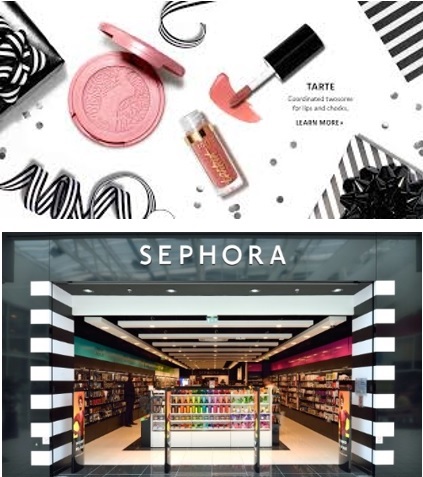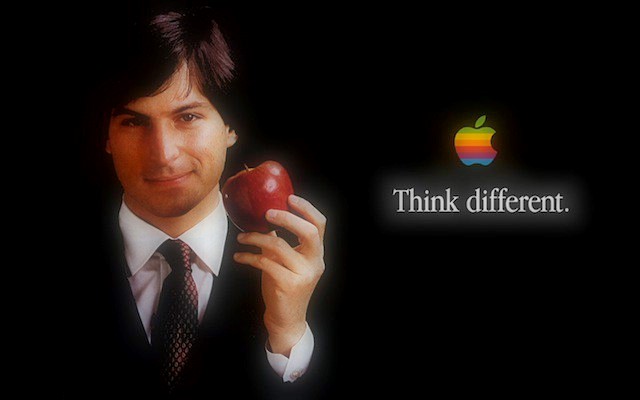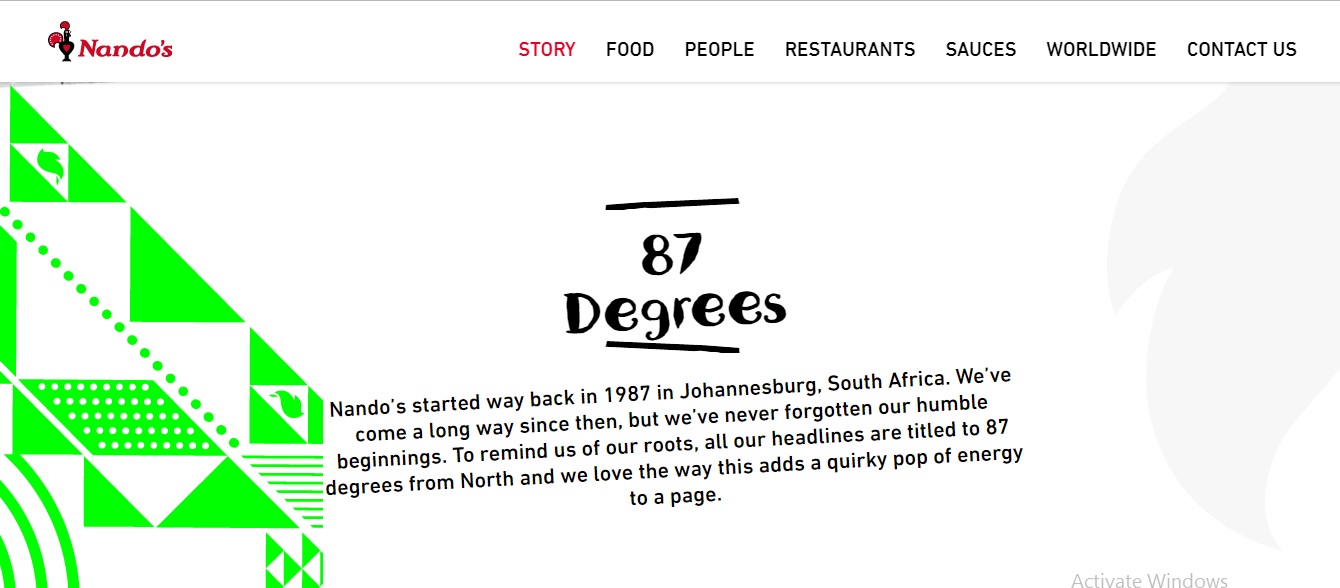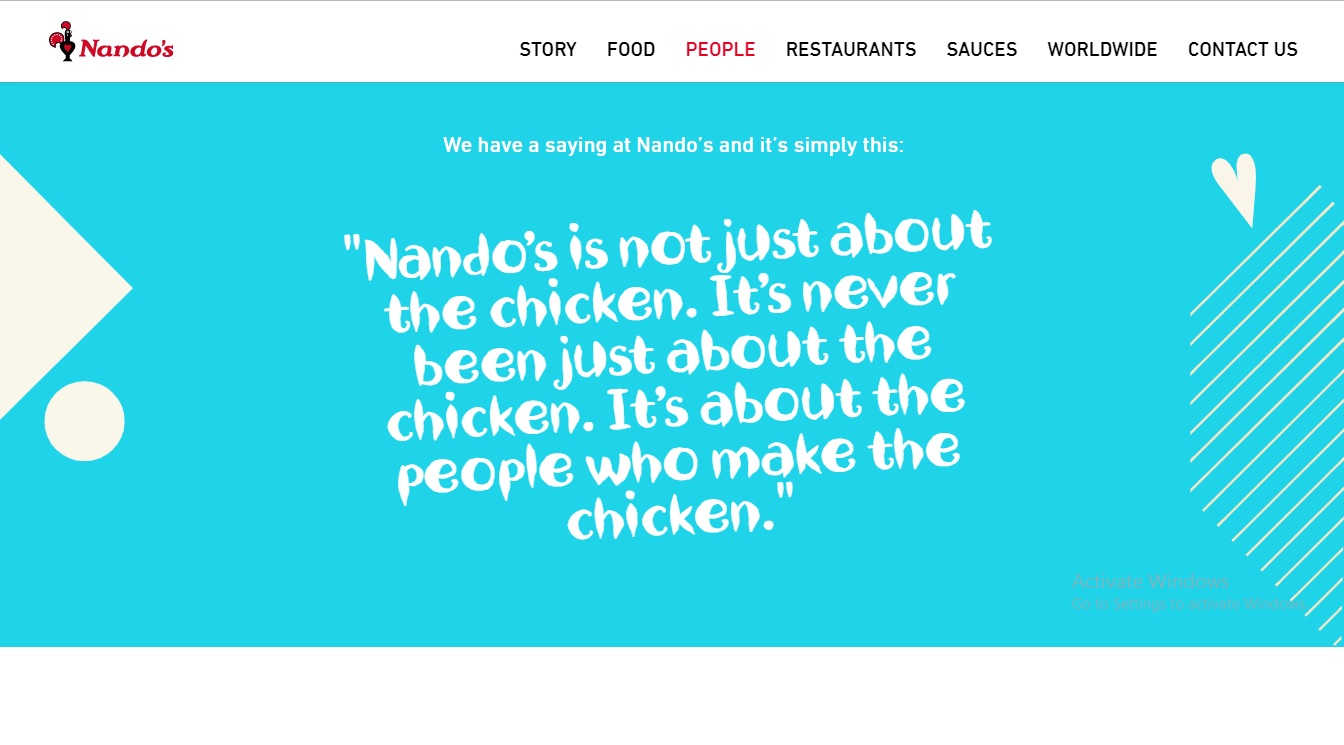
Retail brands have more impact today than they had a decade ago. They are influencing lifestyle changes and people’s choices with their values, ethos, and variety. The retail business stands firm and tall on successful branding.
Branding is all about experience and interaction with people. The success of a retail store, product, or business entity is dependent on the value it offers to its users. A product may be inexpensive but may have great usability, and thus value, for buyers.
The modern consumer is self-educated and observes the environment to get the best value for money. And there are dozens of competitors out there, vying to give the best experience, value, and solutions.
In this complex scenario, how have you designed your brand experience? Have you thought about the design and employed various techniques to influence consumer behavior?
Have you sought answers to what your consumers desire and what motivates them to trust you and buy from you? Subsequently, after the consumer research mentioned above, have you been able to implement your learning in creating a palpable brand experience?
Understanding brand identity
Would you say it’s the logo or company name or maybe a company’s track record that retains customers? I’d say it’s pretty much all of these, and a lot more.
Branding is invisible yet palpable. At the same time, branding can be visible yet devoid of an impact if it does not communicate and resonate with the people it seeks to engage.
We decided a long time ago that our passion would be an inspiring and defining element of our work. We’ve been consistent with our values, and it is evident in the work we do.
Having said this, here is what we think are the defining aspects of brand identity designs.
Know your customers
When designing a brand identity for your business, invest time in understanding the market and analyze what your customers need.
Align your results with the vision, mission, and ambitions of your brand. Create a brand personality based on these results.
Before you start the groundwork for your brand, such as designing the logo and styles, colors and aesthetics in design elements, do the following;
- Conduct a thorough study of the brand perception, and compare it to competitors’
- Probe the value proposition of the brand
- Understand the audience
- Explore the values and beliefs of the company
- Gauge the benefit that consumers derive from the brand, and,
- Understand how the brand connects emotionally and objectively with its consumers.
Your brand design must have a lasting quality to create a lasting impact. Build it right with a thorough approach to understanding your customers.
Once you have defined your market, focus exclusively on them to achieve your business goals. When you can understand your clientele, you can create marketing campaigns to attract them effectively.
Naturally, you cannot accommodate your marketing strategies and branding for the entire world. While you may estimate that well over half the population loves to have an iPhone, think again, some users are die-hard Android fans and find greater freedom through Android devices.
Sephora is a great example of a brand that created a lasting impact on its consumers. The retail store stocks some of the best products in the makeup industry.
Additionally, its customer engagement strategy ensures that customers keep coming back for more. The brand also created the Beauty Insider community of professionals and aspiring makeup artists which focuses on how people can use the products to their satisfaction.
So while the black and white bold stripes immediately pluck at the chords of a relationship or connection, the real value is in the quality of the experience of shopping at Sephora.

Learn from the best
Branding identity design examples are just out there waiting for you to learn from them. Look at Apple and Nike. Both of these companies are iconic in creating value for their customers. Once you become a customer of either of the two companies, you just don’t want anything else.

A very important aspect of brand identity design is the ability to conjure a physical manifestation of brand values. Not only does this make the brand more real, it also inspires and influences people to choose your brand for their consumer needs.
The retailer’s brand image
Let’s go back to the example of Sephora. It’s not about the number of brands you showcase under one roof; it is about how you present them and what value you offer to your customers.
Now let’s look at Amazon. You could very well order your favorite action figure, book, or anything else from the company, and you can also choose to browse through the many deals available on Amazon to make the right choice and a great purchase that gives value for money.
It’s about quantity, yes, but it’s far more about quality and user experience.
Simplicity
Simplicity is something we greatly value. The brand’s identity must be genuine and simple for people to associate the right meaning with it.
Nike’s swoosh carries powerful imagery and meaning, of movement, and Greek mythology’s Winged Goddess of Victory. For people, it is also a tick or a check mark indicating positivity, the right direction, the right attitude to keep going harder, to be stronger.
This simplicity of design has made the brand legendary. The design is unique, yet it has the power to conjure positive and inspiring emotions in people.
Think of McDonald’s Golden Arches logo. The moment you see the Golden Arches or the ‘M,’ you are reminded of the familiar taste, smell, and ambiance [perhaps even the attendant at the counter!] of your local McDonald’s restaurant.

Again, learn from the giants who have churned out logos and brand identities like no other. The use of color, style, symmetry, and typography, etc. have defined an inspiring brand identity. It makes it easy for consumers to connect with the brand at any given time and place and feel certain emotions that they associate with the brand.
How to act on the learning
As a retailer, you have a great opportunity to become a lifestyle inspiration. This can be achieved through:
Consistency
Consistency is the ability to carry the same brand persona on every mark and presence of your brand entity. From your store to the website, from the shopper bags to the catalogs, from your social media presence to your customer management program, everything should be familiar and carry the same brand identity.
Recently I contacted my telecom service to complain about my faulty broadband. I got to speak to three representatives from different departments in 20 minutes – all three sounded alike in their understanding, reassurances and promises to provide a speedy solution.
I may have been a dissatisfied customer, but I could make the congruent uniformity in the way the representatives addressed my problem. This uniformity indicated a thorough adherence to company customer management policy and cross-departmental communication and coordination.
Stories, displays, and ambiance
The display signs and labels must be laid out and visible to attract attention. The display signs should be clear and indicate isles and locations of different sections and departments for easy transitions and movement management.
Explore ideas and styles that stand out and catch the attention of your customers.

Take Nando’s for example. Did you ever notice the way their slogans, which are oh so catchy, tilt to the left?
Most of the top brands and stores are sharing their stories to add a human touch to their interactions. For Nando’s, it’s about having fun and making customers happy which speaks volumes about their professionalism and passion for what they do. Fun for them is delighting their customers with succulent sauces, especially their world famous peri-peri sauce.
Think of creative ways to share your story so that your audience can emotionally attach themselves to your brand values and ideals.
And while you’re at it, check out Nando’s brand messages which have a storyline to back them up for the intrigued, mesmerized, entertained and inspired Nando’s customers.


Think logo
Think;
Coca-Cola
Mercedes
Apple
Windows
Nike
Toyota
Nando’s
McDonald’s
Adidas
Google…
A logo anchors the visual identity of a brand. It creates powerful, resonating imagery in mind and invokes pleasurable experiences of great value.
The trick is only to balance the act. Remember, the products are the brand – logos are passing references to the brand.
While some companies will choose a minimalistic approach to using their logos [these companies are heavy on their product quality and user experience], others would choose to be assertive in making the logo appear on just about every item they offer.
Both strategies are effective. Again, this depends on the behavioral responses of the consumers to the brand and the way or the identity the brand originally chose for itself.
Voices, sights, and sounds
Right from the cooling/heating to the lighting system; the aisles to the music and public address system; from the scent of the store to the color schemes; the attire of the staff to the way they greet customers and interact with them; everything contributes to the identity of a brand retail store.
Your store must be able to show the lifestyle options in creative displays. Providing visual displays is a great opportunity to showcase the variety and how it could suit your customers’ needs. Most of the time, customers are delighted by the ambiance of a store and its creative displays.
They also seek inspiration and ideas of lifestyle enhancements and add-ons from the options visible to them.
When you focus on the experience you want to give to your customers, that’s where you can find the right brand identity to create a lasting impression.
Merchandising
As a retail store manager, owner or company, you must plan for opportunities that engage a wider audience such as events, giveaways, etc. that tie with your marketing strategies. Merchandising will provide mementos for the potential customers to carry with them.
Active social media presence
One of the most compelling and inviting ways to attract customers is to have a powerful social media presence. It is about the store and the virtual world around the store that brings in people.
Video messaging and explainer videos are capturing the interest of the customers who find them very useful. You could look into ways of creating such video campaigns to attract your clients’ attention and give them something valuable in the bargain.
Brands like Dove & L’Oréal, General Electric & Coca-Cola, and Nike & Airbnb are powerful social media icons targeting, influencing, attracting and inspiring a humungous market. They are genuinely interested in co-creating knowledge & information, solving problems, and inspiring people.
Customer service</h2
Your retail store must have a physical and virtual customer management solution to cater to customer requests, queries, feedback and complaints. It is critical to maintain relations with your customers and facilitate them with the best in industry standard customer services.
Create a true and convincing customer management program. Do not over promise or make half-hearted commitments to mitigate situations. Take a genuine stance. Be responsible and give value for money to your customers. Apologize when you must and graciously defend your ideas and decisions when challenged.
Last words
One of the most important things you can do as a retail brand is to think and reflect about your strategies of building trust and adding value to the lives of your customers: this will make your retail brand far more successful.
The visual identifiers of the brand will add value to the user experience only after delivering true value. When you give your customers something to believe in, the visuals add to the pleasant experience. Without the latter, all branding strategies will prove ineffective and even counterproductive.
We have tried all of these strategies in our projects that have been listed here for you. We found them to be really effective.
Have you tried anything that worked wonders for you and your retail brand? We’d like to know your thoughts and experiences about branding identity and creative designs.